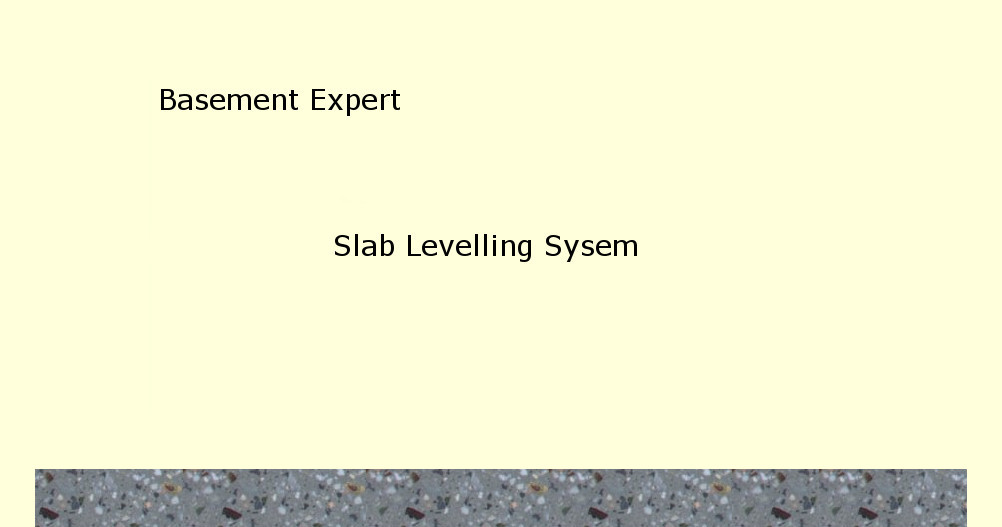|
|
Get the floor level.
Concrete generally has two hours working time. Two hours after water was added to the concrete at the batching plant the concrete will stiffen considerably and you will not get it smooth or flat after that.
Anyone can avoid raking by adding water to concrete to make it easy to level - and this is what most 'professional' teams would do.
But adding water reduces the strength of concrete, causes drying shrinkage cracking and the excess water pushes the cement grains apart and makes concrete weaker and porous.
You need help.
-
Add enough chemical to make the concrete runny without more water. More about that on this page.
-
My slab levelling system, that will probably cost you less than £50.
|
|
|
It is quite common for concrete to already be over an hour old by the time it arrives and especially by the time I have mixed in the powder. You don't have a lot of time, especially if something went wrong as well.
When you pour a floor or roof slab, you want the right amount of concrete in the right place first time so that you aren't breaking your back raking and each area is finished well before it starts to set.
If you and your team have a lot of experience getting concrete flat you will have your own ideas.
If not, I can help make it easier.
At the end of the page I show you how some experienced teams have got a good result without my rods.
My Slab Levelling System. Three benefits. One unique advantage.
-
The more visual guide you have, the more accurately you can place concrete with just the right amount everywhere, reducing the amount of concrete you need to rake around.
-
The more guides you have the flatter you can float your concrete.
-
The flatter the concrete, the fewer and shallower any puddles later that you will be walking around in when you form your walls.
The unique advantage of these rods is they will be waterproof within your concrete for all time.
For the past few years, everyone bought rods to cut to the correct height. But very few bought extra powder (Same link as above). But so many of them could not get enough guys on the day. Some had enough guys at 8am but no concrete arrived before 11am, by which time some were already making their excuses and leaving.
If you use the rods and the extra powder, it will be easy and successful. Even with only two of you.
All these examples are from the past few years. None of them used extra powder as well, but they did use up to 7 men.
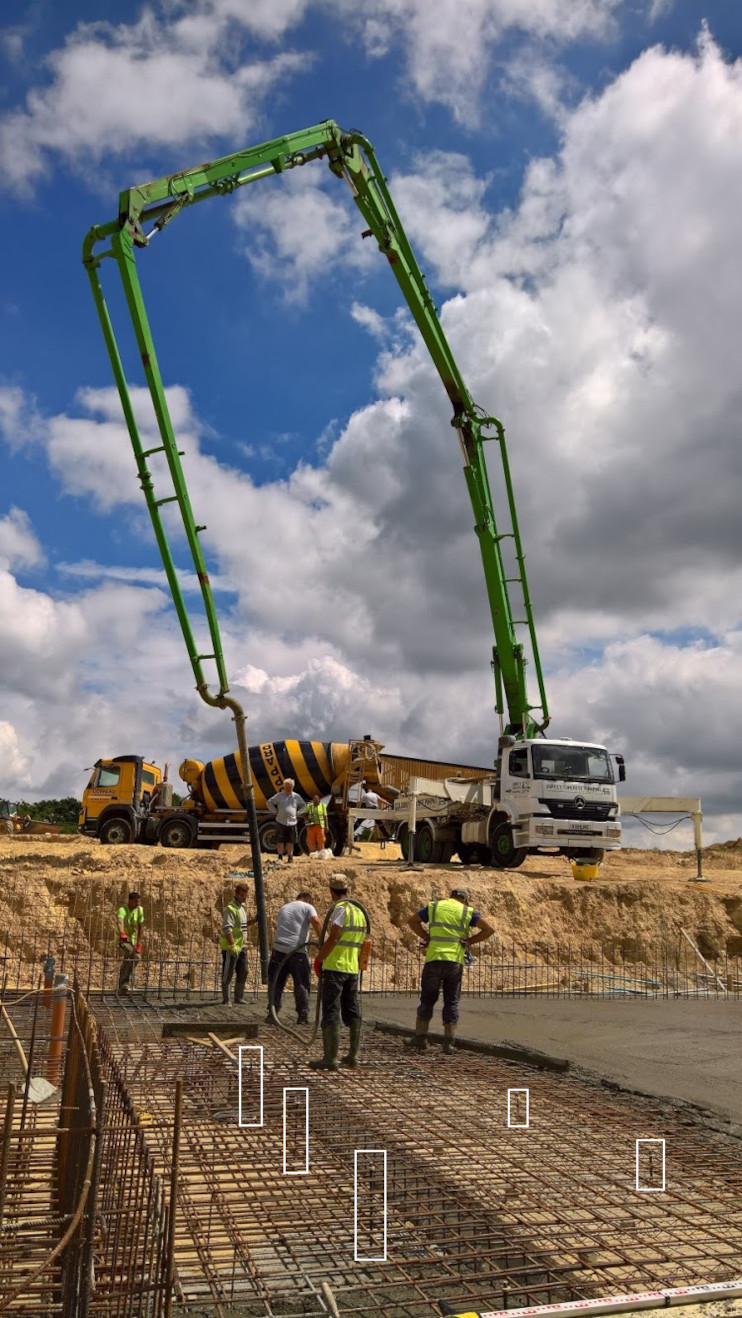
|
|
|
|
Very simple.
Buy a 20mm SDS drill bit from Screwfix 1m long. That way you drill into your concrete blinding, between your tied steel bars, without bending over.
Resin glue a fibreglass threaded rod every 2m or so.
Fix them in a bit long and cut them in place to top-of-concrete.
You will need a laser level, a pencil and a small disc cutter with a thin blade.



|
|
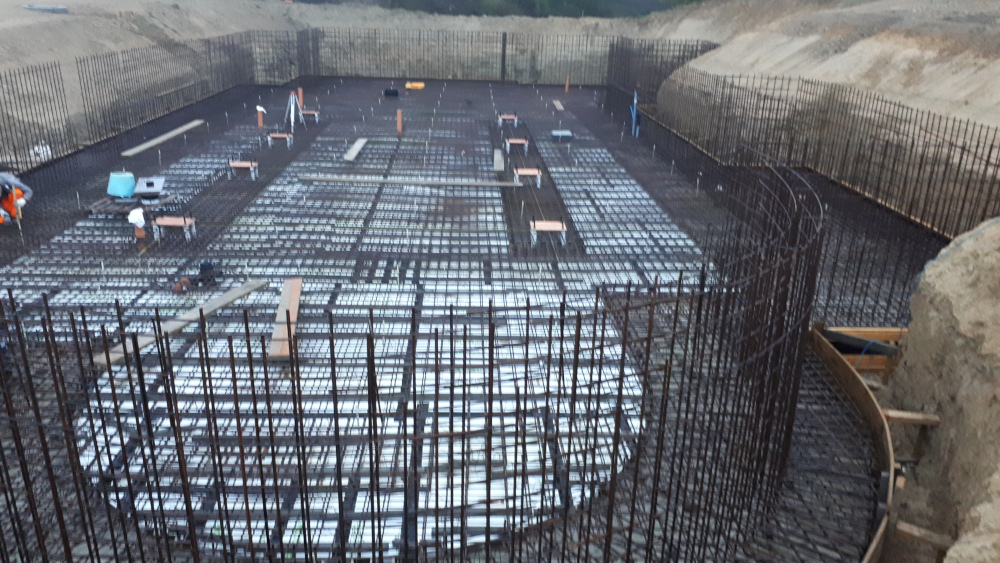
176m³ of concrete. Over 400 tonnes. Placed, levelled and compacted by a team of 6 in one day. If they had had to rake even 2% they would have failed because it would have been too much.
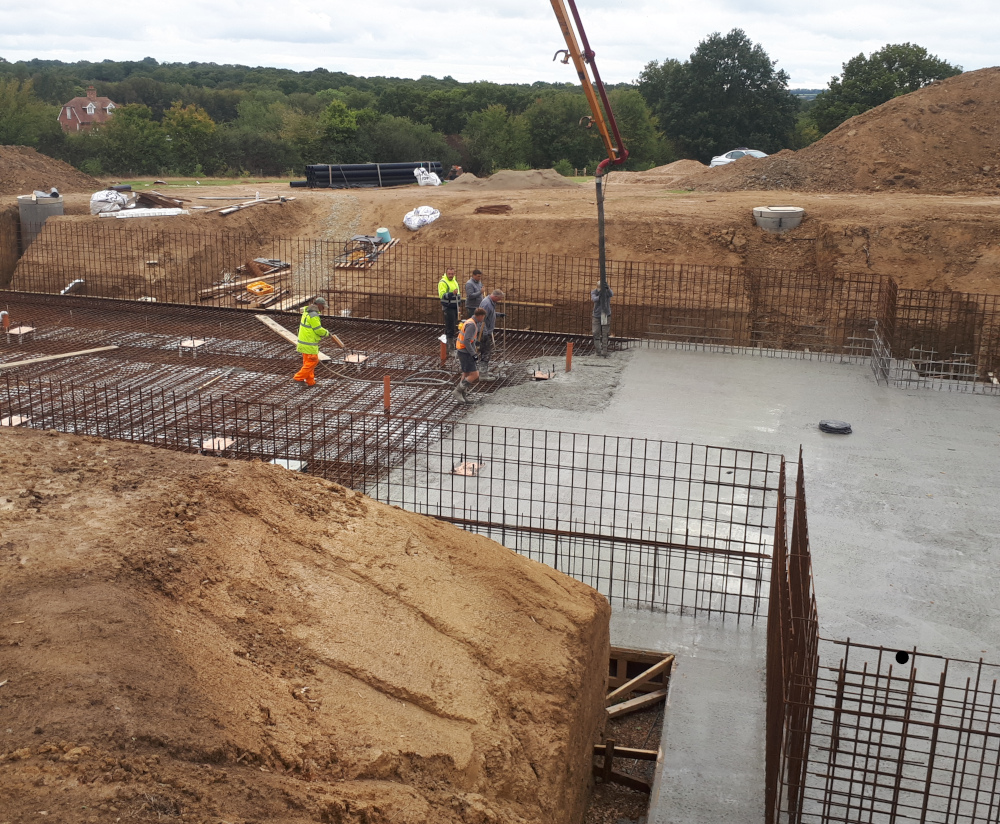
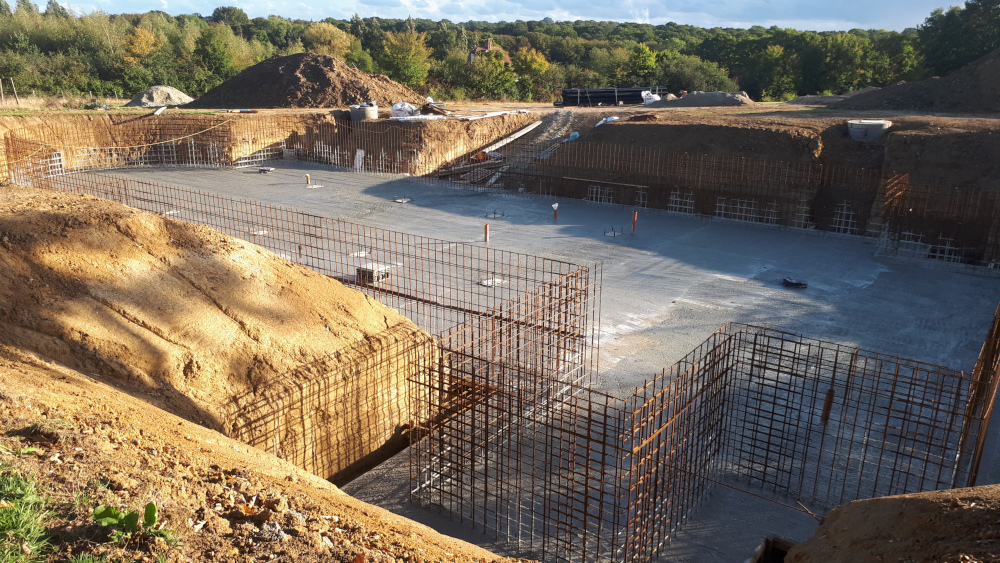
This simple solution will always be waterproof.
A fibreglass rod cut accurately to the required concrete level.
It is fast to set up.
A 1m rod costs £3.50 and you will get two of these from one.
You need resin and a mastic gun. I go to Screwfix. Nothing special for this job.
Without any visual guide you need two extra men to rake more concrete about. Or another man to operate a laser and one more man to rake concrete about.
If you don't pour the concrete in the right place, the concrete can start to go stiff before you finish. The work becomes ten times more knackering and the end result is horrible.
It is vastly better to pour the right amount of concrete in the right place to start with.
Just drill a hole, resin fix a rod, mark it with a pencil and the laser level, use a mini grinder and 1mm thin blade to cut it off at the required level.
|
|
|
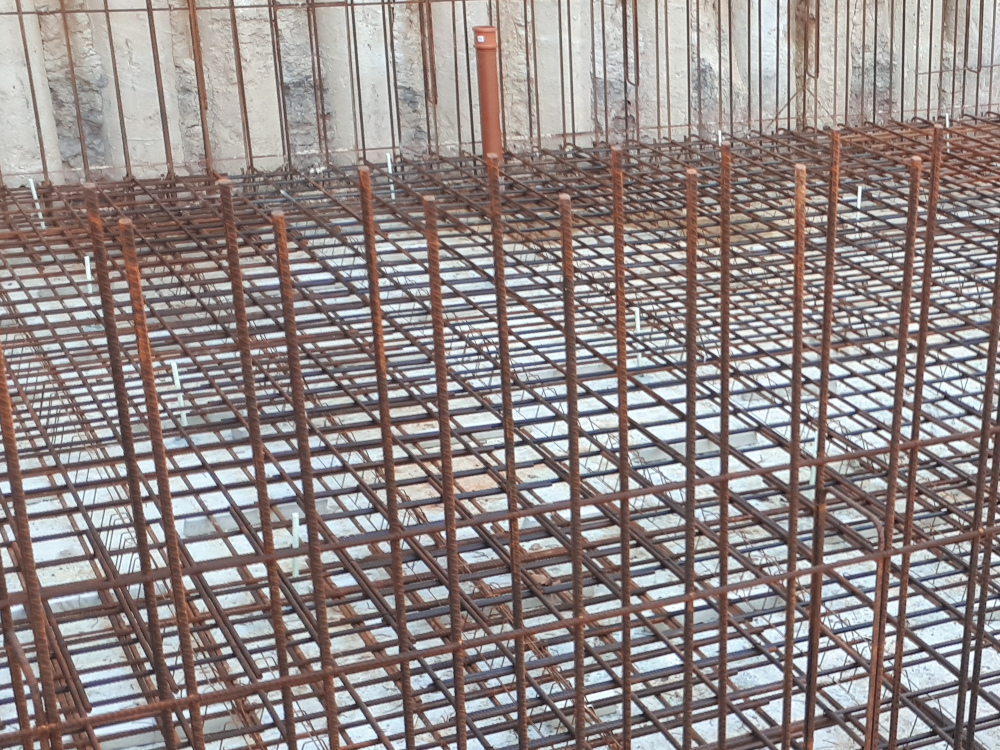
18mm diameter threaded rods made with fibreglass. You only need to get a long drill bit through the steel. I suggest 2m centres.
If you need to lay your concrete to a slight, controlled fall, say to a sump, then these rods will be invaluable.
This slab took 50 cubic metres of concrete. It was poured, compacted, levelled and tamped in only 2 hours or so because, with the rods as a visual guide and the laser to get concrete dead level, they had to rake very little concrete around.

|
|
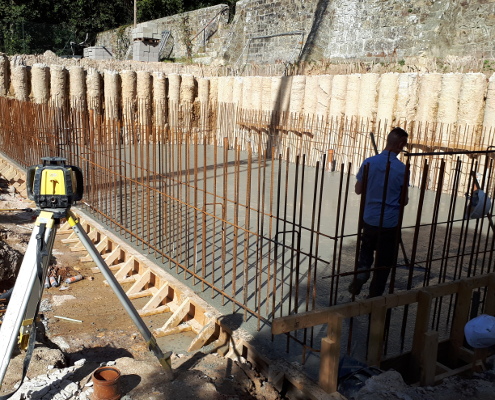
|
These are the more traditional ways.
What's happening in this photo looks all very well until you understand all the issues with it.
-
The scaffold pole is 50mm diameter, so it exceeds the 40mm cover specified by the engineer. There is an element of cheating, and not following the design is your responsibility not your engineer's.
-
Support stools would not go through the steel.
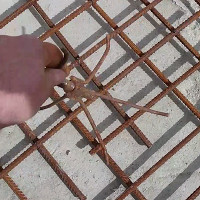
So although it looks like it will be a smooth finish, it won't be a level finish, because the poles are tied to the steel mesh and where the steel mesh is high the concrete will be high. Where the steel mesh is low the concrete will be low and there will be a puddle that the team have to walk through when they form the walls, and wet feet all day are horrible.
-
As the work continues, someone will have to walk through finished concrete to cut the tying wire and remove the poles.
-
A steel support stool would be in contact with non-waterproof concrete underneath. If it rusts through the slab will leak.
|
|
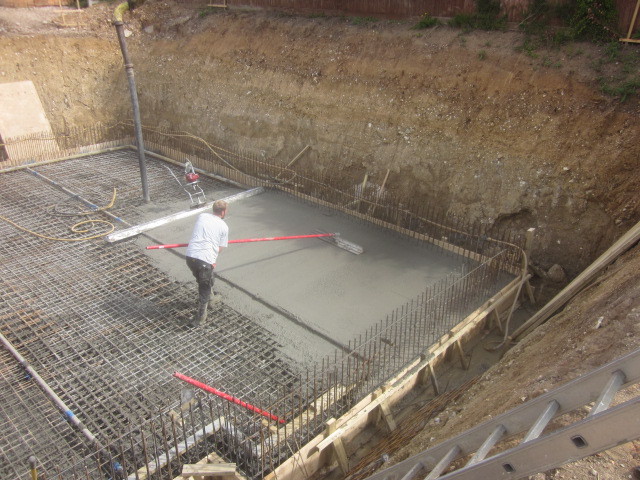
|
A much easier and better system for a basement slab only costs £2 for every 4 square metres of slab. The labour saving might be 10 times that cost.
Another example. 4 people laid this slab. Because they had the visual guides they had time to use an EasiFloat.
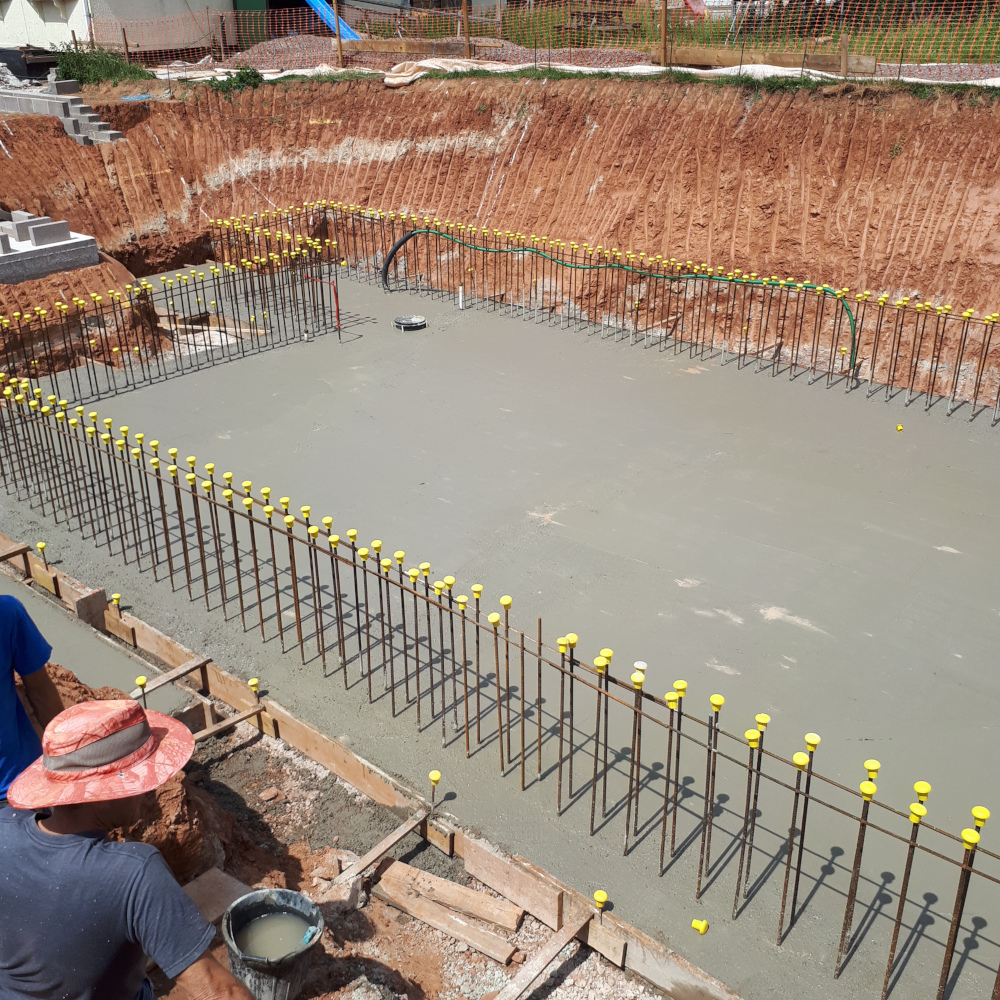
The same slab later.
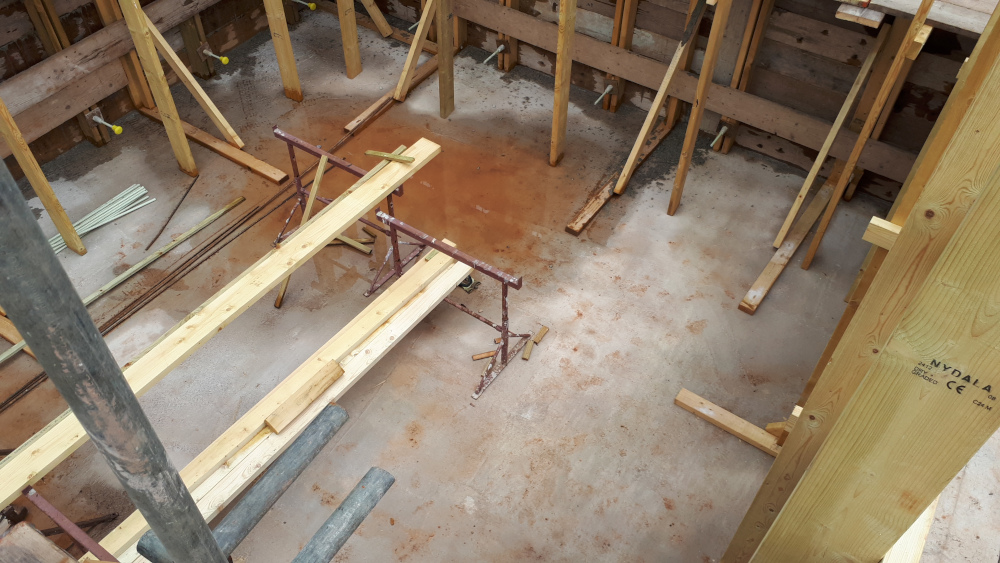
If you spend less than £50 on some rods and resin and get a level slab with a reasonable finish with 4 men instead of 8, it will be amongst the best £50 you ever spent.
I promised some photos of excellent results without using my rods.
This first team are farmers. They have poured lots of concrete in the past to make farmyards, barn bases etc.

I showed them how to use the laser with the detector eye on the handle and the father is an old hand with his vibrating tamp. It gives a good finish. The main drawback is it digs in one end when you turn. Timing is crucial. Too early and it will sink. Too late and it won't do much.
This is a building company in a rural area. They also did many concrete slabs and were quite good with their vibrating tamp.
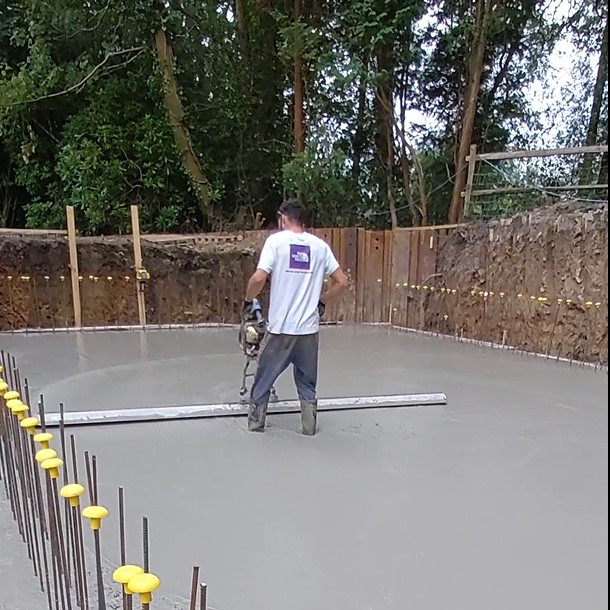
Back to the Basement Building Questions Answered menu.
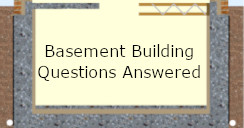
|
Back to the Basement Building Construction Manual menu.
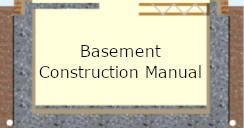
|
For a fixed fee of £199 I will answer all your questions by email. More details here.

|
|
|
|
